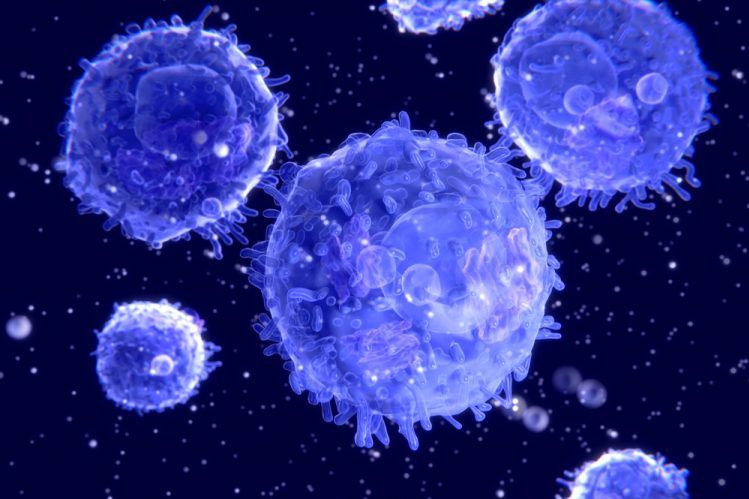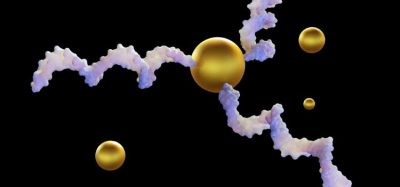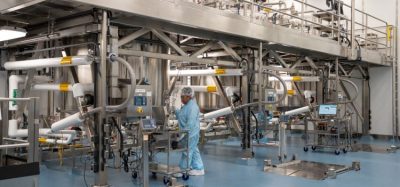First patient treated with potentially curative HIV cell and gene therapy
Posted: 1 June 2021 | Hannah Balfour (European Pharmaceutical Review) | No comments yet
The first-in-human study will evaluate the safety and efficacy AGT103-T, a cell and gene therapy product for HIV, in up to six participants.


The first person with Human Immunodeficiency Virus (HIV) has been treated in the Phase I RePAIR trial (Restore Potent Antiviral Immune Responses, NCT04561258) evaluating the safety and efficacy of the cell and gene therapy product AGT103-T. In the trial, HIV patients are infused once with their own CD4 T cells enriched with cells capable of reacting to HIV and genetically modified to resist infection.
RePAIR is a first-in-human study for AGT103-T enrolling participants with HIV that is well-controlled on antiretroviral therapy. Its primary endpoint is safety, its secondary endpoints include evaluating responses to treatment, such as changes in the immune response to HIV. Participants treated with AGT103-T will be followed for six months in this safety study before enrolling in a US Food and Drug Administration (FDA)-mandated 15-year long-term follow up required for all gene therapy trials.
“Treating the first person with our product is an important step forward and the culmination of design, development, manufacturing and approval of the product for human testing. We believe this therapy is capable of changing the body’s ability to fight HIV and the first-in-man study signals the first step to understanding what we can achieve with this innovative approach,” said Dr C David Pauza, Chief Science Officer of American Gene Technologies (AGT), the biotechnology company which developed AGT103-T.
The company’s Chief Executive Officer, Jeff Galvin, added: “This project represents a major step forward in the potency of an approach that has significant theoretical and empirical momentum within the HIV cure scientific community… now that we have seen some evidence that the treatment can be tolerated by patients, I believe we will soon see efficacy signal that will be convincing to the scientific community that the cure for HIV has been achieved or is tremendously close. I could not be happier or prouder of the team. I am exceedingly optimistic about the future of this cell therapy and AGT’s eventual contribution to the treatment of HIV.”
Related topics
Biologics, Clinical Trials, Drug Development, Drug Safety, Gene therapy, Immunotherapy, Research & Development (R&D), Therapeutics, Viruses









